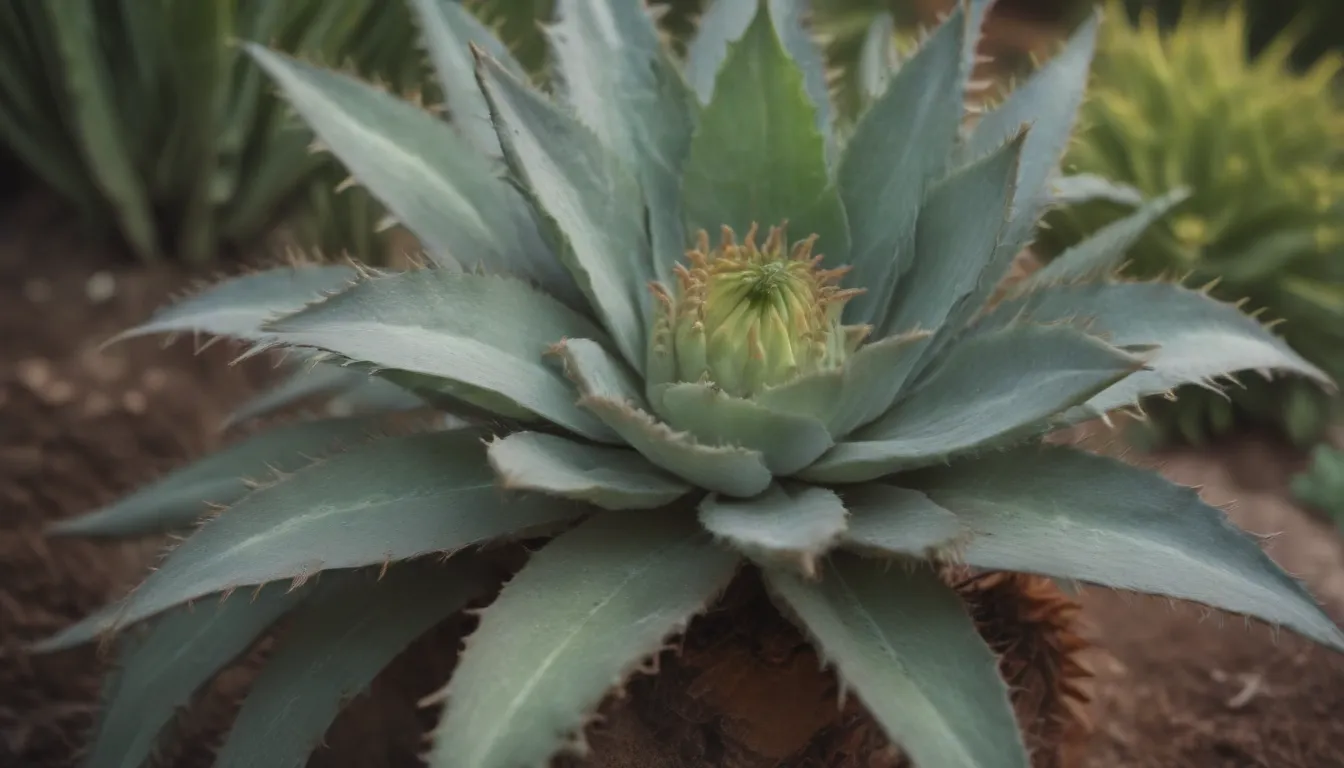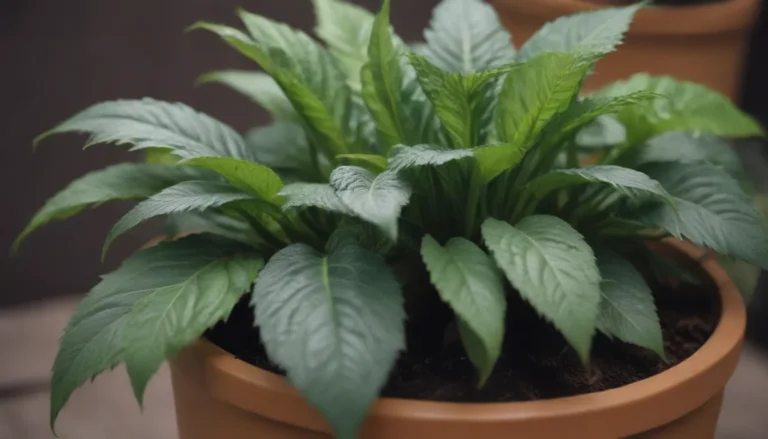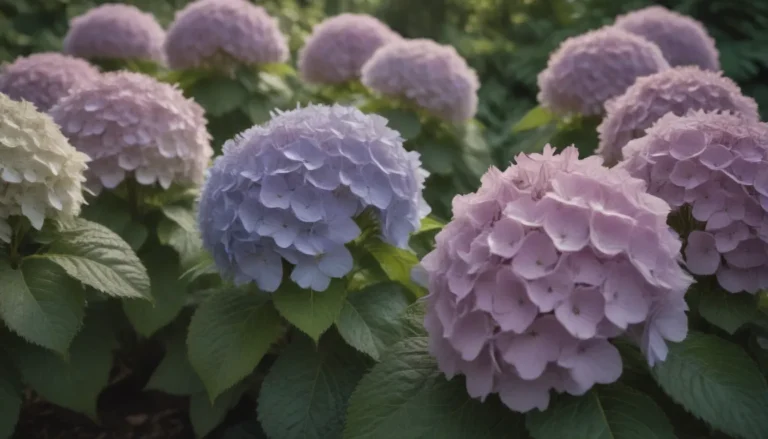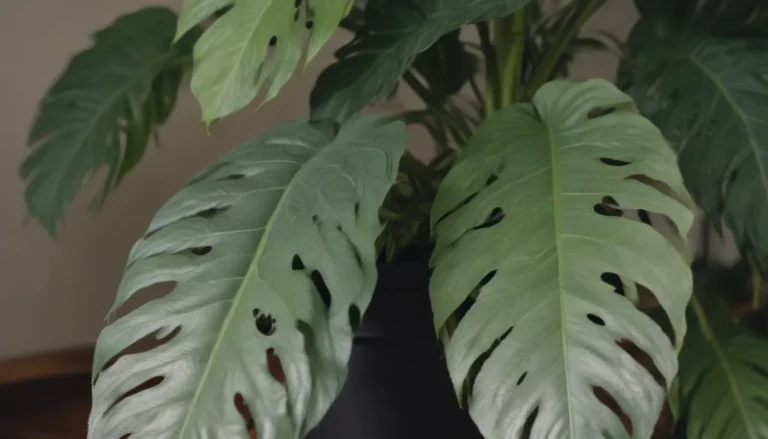Climbing Aloe: Your Guide to Growing and Caring for This Beautiful Succulent

Are you looking for a stunning and low-maintenance plant to add to your garden or home? Look no further than climbing aloe (Aloiampelos ciliaris)! This unique succulent stands out from the crowd with its fast growth and striking orange-red flowers. In this comprehensive guide, we’ll explore everything you need to know to successfully grow and care for climbing aloe, whether you’re a seasoned gardener or a newbie with a brown thumb.
What Makes Climbing Aloe Special?
Climbing aloe, formerly known as Aloe ciliaris, is a fascinating plant known for its rapid growth. In the right conditions, this succulent can reach impressive heights of 30 feet or more when grown outdoors in sunny, frost-free environments. Even when grown indoors, climbing aloe remains a captivating addition to any space, albeit on a smaller scale.
One of the distinctive features of climbing aloe is its white, hair-like teeth that line the edges of its stems and leaves. These unique characteristics, along with its eye-catching orange-red drooping flowers, make climbing aloe a standout choice for gardeners looking to add a touch of exotic beauty to their landscape.
Climbing Aloe Care Tips
Whether you’re planning to cultivate climbing aloe in your garden or in containers, providing the right care is key to its success. Here are some essential tips to help your climbing aloe thrive:
Light
- Position your climbing aloe in full sun to promote healthy growth and vibrant blooms.
- Unlike its popular cousin, aloe vera, climbing aloe can tolerate more direct sunlight without burning its leaves.
Soil
- Opt for well-draining soil to prevent root rot, a common issue among succulents.
- Choose loose, sandy, or gravelly soils that mimic the plant’s native desert environment for optimal growth.
Water
- Strike a balance between keeping the soil moist and avoiding waterlogged conditions to prevent browning leaves.
- Adjust your watering schedule based on factors like rainfall, humidity levels, and the plant’s location (indoors or outdoors).
Temperature and Humidity
- Protect climbing aloe from frost by bringing it indoors during colder months.
- Ensure it receives ample sunlight when grown indoors to mimic outdoor conditions.
Fertilizer
- Boost flowering by feeding climbing aloe with organic compost on a monthly basis.
Pruning and Propagation
To keep your climbing aloe looking its best, regular pruning is essential. Trim back overgrown stems and leaves in the spring to encourage healthy growth throughout the summer months. Additionally, propagating climbing aloe is a breeze—you can simply cut a stem or select an offshoot and plant it in a well-draining medium to watch it take root and flourish.
How to Grow Climbing Aloe From Seed
If you prefer starting from scratch, climbing aloe seeds are a viable option. Sow them in the spring or summer, and you can expect to see flowers within two to three years. Follow these steps for successful seed propagation:
1. Plant the seeds in a well-draining medium.
2. Provide adequate sunlight and water to encourage germination.
3. Watch as your climbing aloe grows from a tiny seed into a stunning plant.
Potting and Repotting
When it comes time to repot your climbing aloe, opt for a wider pot rather than a deeper one to accommodate its spreading root system. Choosing a pot that is at least 2 inches wider than its current container will give your plant room to grow and thrive.
Common Pests & Plant Diseases
While climbing aloe is a resilient plant, it can still fall victim to pests such as mealybugs, scale insects, and mites. Keep an eye out for signs of infestation and treat them promptly with water, insecticidal soap, or alcohol to prevent further damage.
Troubleshooting Common Problems
If your climbing aloe starts to droop or the leaves begin to brown, check its sunlight exposure and watering habits. Overwatering can lead to root rot and ultimately cause the plant’s demise. Adjusting your care routine based on the plant’s needs will help it flourish and thrive for years to come.
In conclusion, climbing aloe is a versatile and visually stunning plant that adds a touch of exotic beauty to any garden or home. With the right care and attention to its needs, you can enjoy watching this fast-growing succulent reach new heights while producing an abundance of vibrant blooms. Whether you’re a seasoned gardener or a beginner looking to expand your plant collection, climbing aloe is an excellent choice for its beauty and ease of care.
Remember to provide ample sunlight, well-draining soil, and proper watering to keep your climbing aloe happy and healthy. With a little pruning and propagation know-how, you can enjoy this captivating plant for years to come. So go ahead, add climbing aloe to your collection, and watch it grow and thrive in your space!





